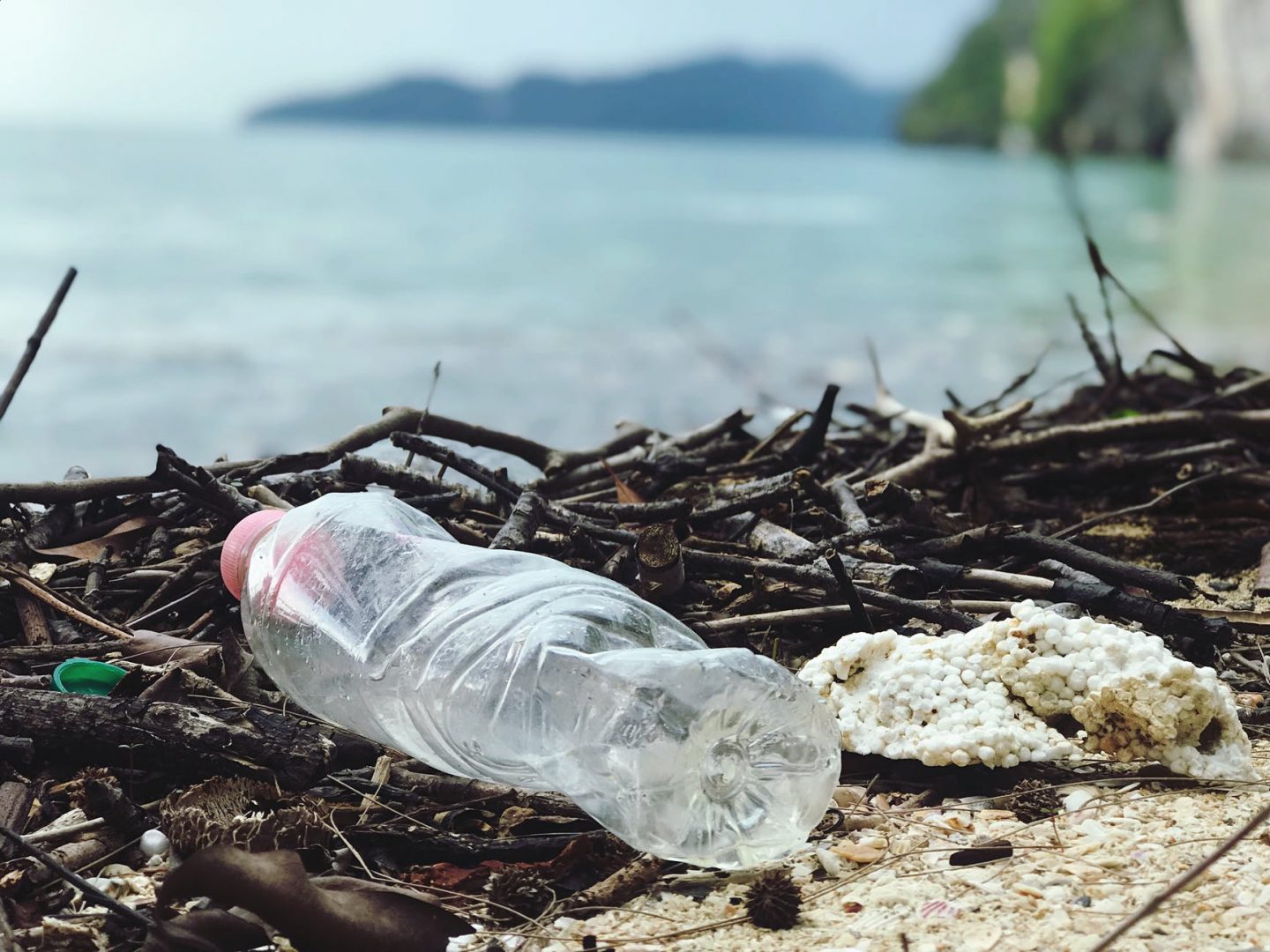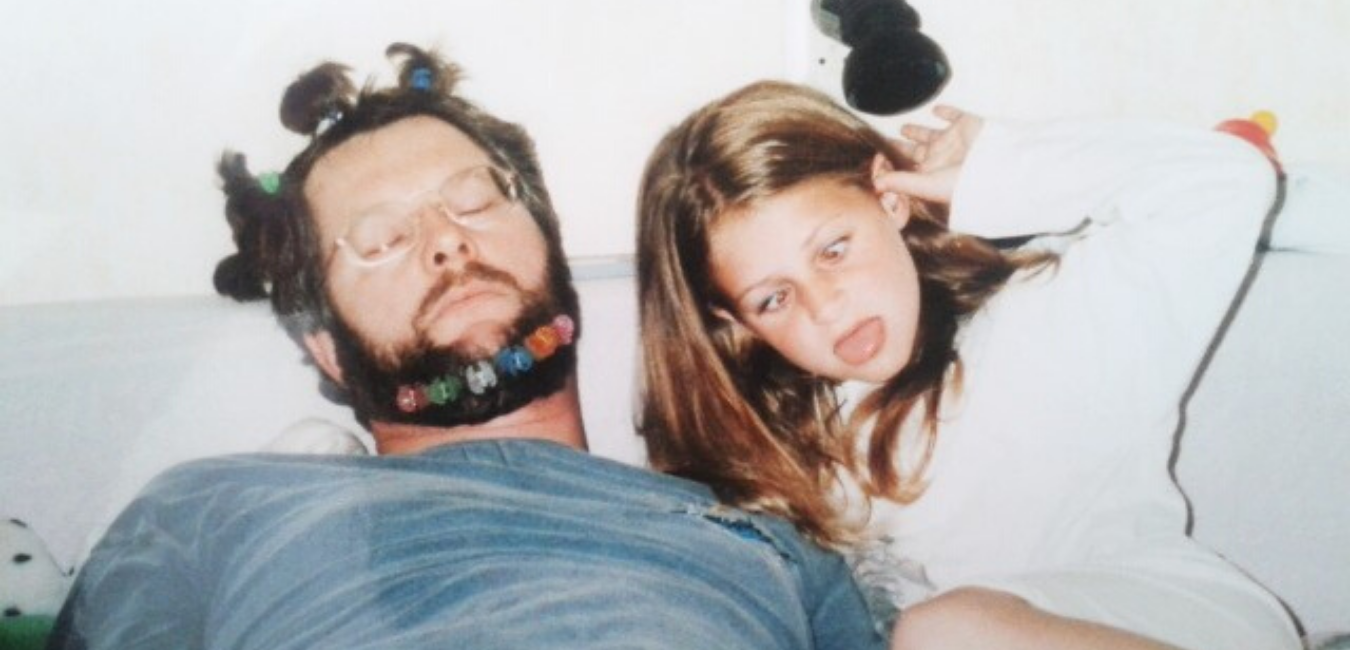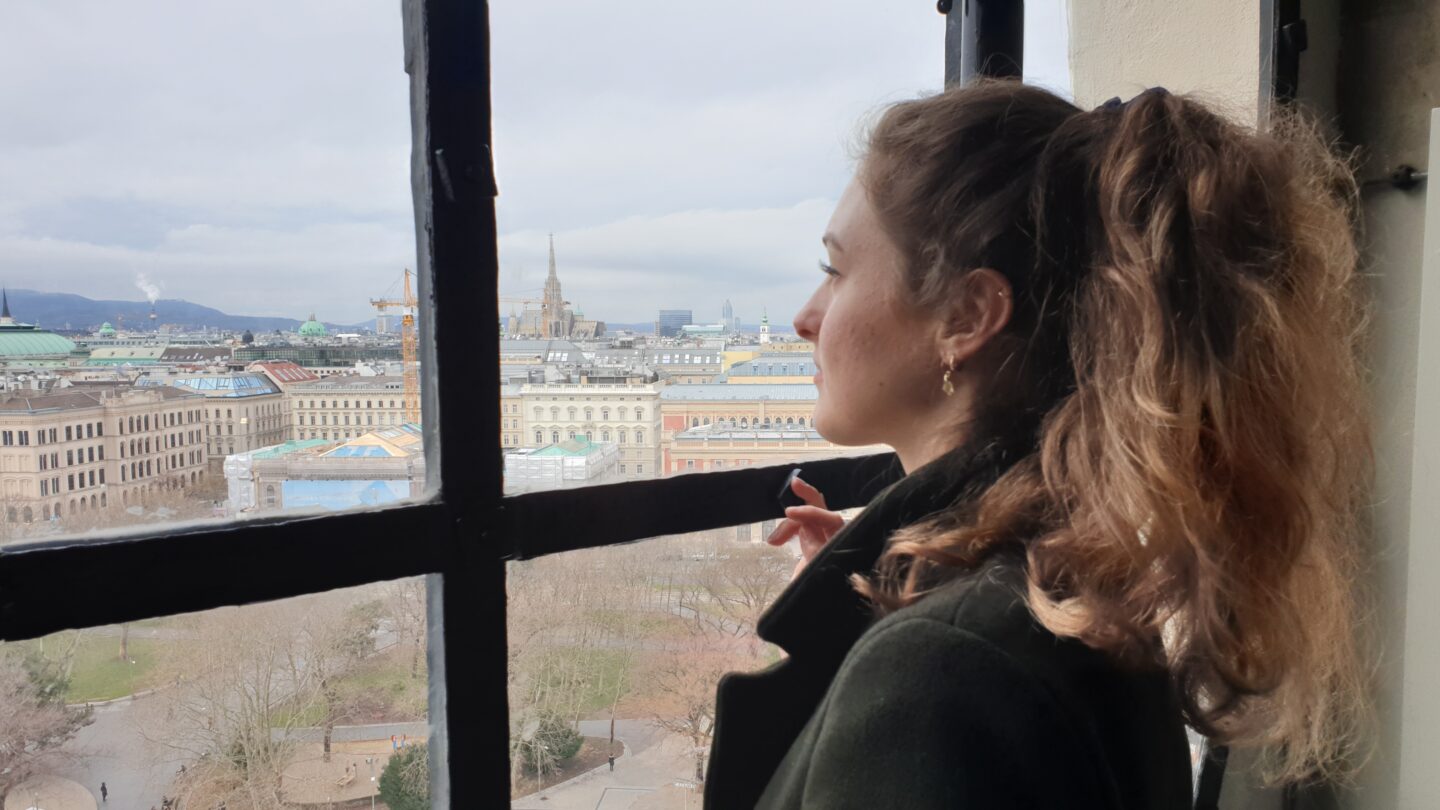Okay. Here I go. Transforming my collection of no less than seven blogs about my journey through Colombia in 2017 into one travel story with my tips and experiences. After all, it was just a one-week trip. The coronavirus is still prevalent, so my plans to make at least one long-distance trip this year have fallen apart. I’ll have to resort to revisiting my past travels and writing about them again. In 2017, I was invited to present a part of my research at a conference in Bogotá. It was an opportunity I couldn’t pass up, so on May 21st, I departed on the Dreamliner to the City of Stars. I stayed in a student room on the Chapinero campus and had received contact information for the Villaveces family through an acquaintance.
The Chapinero campus is located on a hillside in the Andes Mountains. Bogotá was rainy and cool, and the altitude made it hard to breathe. For the first two days, I barely left the classroom. But I did meet remarkable professors from Colombia, Argentina, and Canada. I had Colombian student lunches on campus. I received Colombian snacks from a Colombian professor. I drank pitch-black coffee. And I learned a lot during the conference, such as the spiritual dances of the indigenous population. Literally. After the conference, the real exploration of Colombia began. In the evening, I met the Villaveces family. They took me on a short tour of Bogotá’s famous neighborhoods. Parque 93, Zona Rosa, the financial district, and Zona G. Here, I tried my first Colombian beer, we had Mojitos, and I discovered that the vegetarian cuisine here isn’t that exciting.
The tropical north of Colombia: Cartagena
On my third day in Colombia, I looked out of my misty airplane window at a turquoise ocean. Cartagena de Indias combines the best of the old and the new, with the beautiful Caribbean Sea in between. That morning, we arrived last-minute at the airport with a wet piece of paper containing our reservation number. Jaime and Jasbleidy Villaveces bought some Colombian snacks for the plane. So there I was on the plane, with Colombian essentials on my lap: Colombian chocolate, hearty cheese with fruit jelly, Colombiana soda, and cheese bread. Our hostel was in the heart of the old town, where something interesting awaited on every corner. We strolled randomly through the streets, turning left and then right. We dined at Crepes & Waffles, took a seat in a small church, tried one of the ice-cold fruit drinks, and stumbled upon a spontaneous parade of people dancing to salsa and rumba. We reached the main square with one of Botero’s famous sculptures: the chubby lady on her side. We ordered pizza and felt like we were almost in Italy. Then we took a taxi to Castillo San Felipe. Walking became too hot. On this 16th-century fortress, we had a magnificent view of the old and new city, with the Colombian flag flying above. A street artist played soft jazz music on his trumpet, and we ordered a cold lemon drink.
The next day, we took a speedboat to Isla Barú. During the 60-minute ride, we saw massive cargo ships, tall and rough waves, and finally, an azure-blue and green-blue bay. We ordered lunch and cocoloco from our beach chairs in the white sand. The water was delightful, and pelicans flew back and forth over the surf. After a tropical thunderstorm, a few beers, and a good conversation under the awning, the sun returned, just like our speedboat. In the evening, we took a taxi to Bocagrande to witness the most beautiful gold-orange sunset on this Miami-like beach. When the Villaveces said on our first day together, “Colombians are crazy! You’ll see…,” I didn’t think they would live up to that promise. But after the sunset, they took me to a little street and had a mysterious conversation with a stranger. After half an hour, a bus full of Colombian musicians and a driver serving as an MC arrived! We got on board. I drank Colombian rum on that bus. I danced the rumba on a bench in that bus. I bumped my head against the ceiling while dancing in that bus. It was all about the ride, but our final destination was a salsa club. Here, I learned to dance like a Colombian, did the limbo with a Chinese person, and danced until the club was empty.
The sacred Zipaquirá and Guatavita
On my third day in Colombia, the Villaveces family took me to their favorite destinations outside Bogotá. After a beautiful car ride through lush green countryside, we arrived at the town square of Zipaquirá. I can’t resist painting this scene: “It’s cold and rainy. A flock of pigeons takes flight from the town square, surrounded by palm trees and colorful buildings. A woman sells tropical fruit from her mobile stall.” It was here that I truly realized I was in Colombia! We visited the Catedral de Sal, a salt mine that has been in use since the 5th century BC. Miners slowly transformed it into a cathedral in 1932. It’s cold, 200 meters below the Colombian ground, and it was dangerous back in the day. To seek protection, the miners built a 30-meter-high cross deep in the heart of the cave. The path to the main altar was marked with carved crosses. On the ceiling, you can see the power of the ancient ocean in the beautiful pattern on the walls and ceiling. Scars from water and tools adorn the inside of the salt cathedral.
On the way back, we passed by a sacred lake that captivates the imagination of indigenous peoples, European conquerors, and modern-day tourists. Guatavita and its legend: El Dorado. It was raining and getting dark when we arrived. Despite the weather, Guatavita put us in a holiday mood. Everywhere you look, there are white, low buildings comfortably nestled on the hilly terrain. Through an opening in the white city wall, we entered an empty Guatavita. In an empty restaurant, we discovered a beautiful courtyard and decided to have lunch there. As a vegetarian, I was served rice, eggs, plantains, avocado, and warm aqua panela (sugar cane juice) with a chunk of hearty cheese. We experienced a brief blackout and realized it was already dark. On the way back to the city from Guatavita, we stopped to see the city lights from the mountains and a distant thunderstorm. Thankfully, we kept warm with hot aquapanela with aguardiente (alcohol).
The City of Stars: Bogotá
On my last day in Colombia, it promised to be a beautiful day in Bogotá. I went to one of the famous mountain peaks of the Andes plateau around Bogotá with the Villaveces family: Monserrate. At the foot of the mountain, we met alpacas, hikers, tourists, and pilgrims. We decided to take the cable car, which already offered us a good view of the city. At the last stop, we got off and climbed the final steps of the staircase. We are now at 3,152 meters above sea level.
And you can feel it because breathing definitely becomes harder here. On the square at the top of the mountain lies a white church. From the square, you have a magnificent view of the city, the large statue of the Lady of Guadalupe on the mountain peak opposite Monserrate, and the green hills that embrace the capital. It truly feels like the city caresses the slopes of the Andes. The church was larger than I expected. We walked around in the halls and rooms. In the central hall, we exchanged prayers in Spanish and Dutch, and it almost tore me apart how grateful and emotional this visit made Mama Villaveces. We enjoyed a warm waffle smeared with jelly and condensed milk, and hot tea made from coca leaves and raspberries. Behind the church is a long avenue of tourist stalls selling traditional Colombian goods like colorful woven bags. A great place to buy souvenirs!
And then it’s time for my last moments in Colombia. We closed the week with a visit to Candelaria. The stage for Gabriel García Márquez, Botero, beggars, and street children, Colombian hipsters, and art students. ‘Down’ in Bogotá, it was much warmer, and I wished I was wearing a dress instead of a coat and scarf. We walked through narrow streets with graffiti. We enjoyed the sunshine, reggae music, and hipster hangouts. We sat in a square where a group of friends played the guitar, a couple passionately kissed, and the big tree in the middle was in full bloom. We descended further into the old town and visited Botero’s free museum. His house had a courtyard with a fountain and lush greenery, balconies, and bright yellow and white colors. Through the car-free hippie street, we walked to the main square. It was bursting with reggae and jazz music, dancing, and clapping people. We visited the church and admired the grand state hall. Then it was time to catch my flight to the Netherlands. The next morning, I almost woke up thinking that my little escape was actually a Gabriel García Márquez fantasy. Or maybe it was a wild imagination of reality… Thank you for everything, Colombia!



